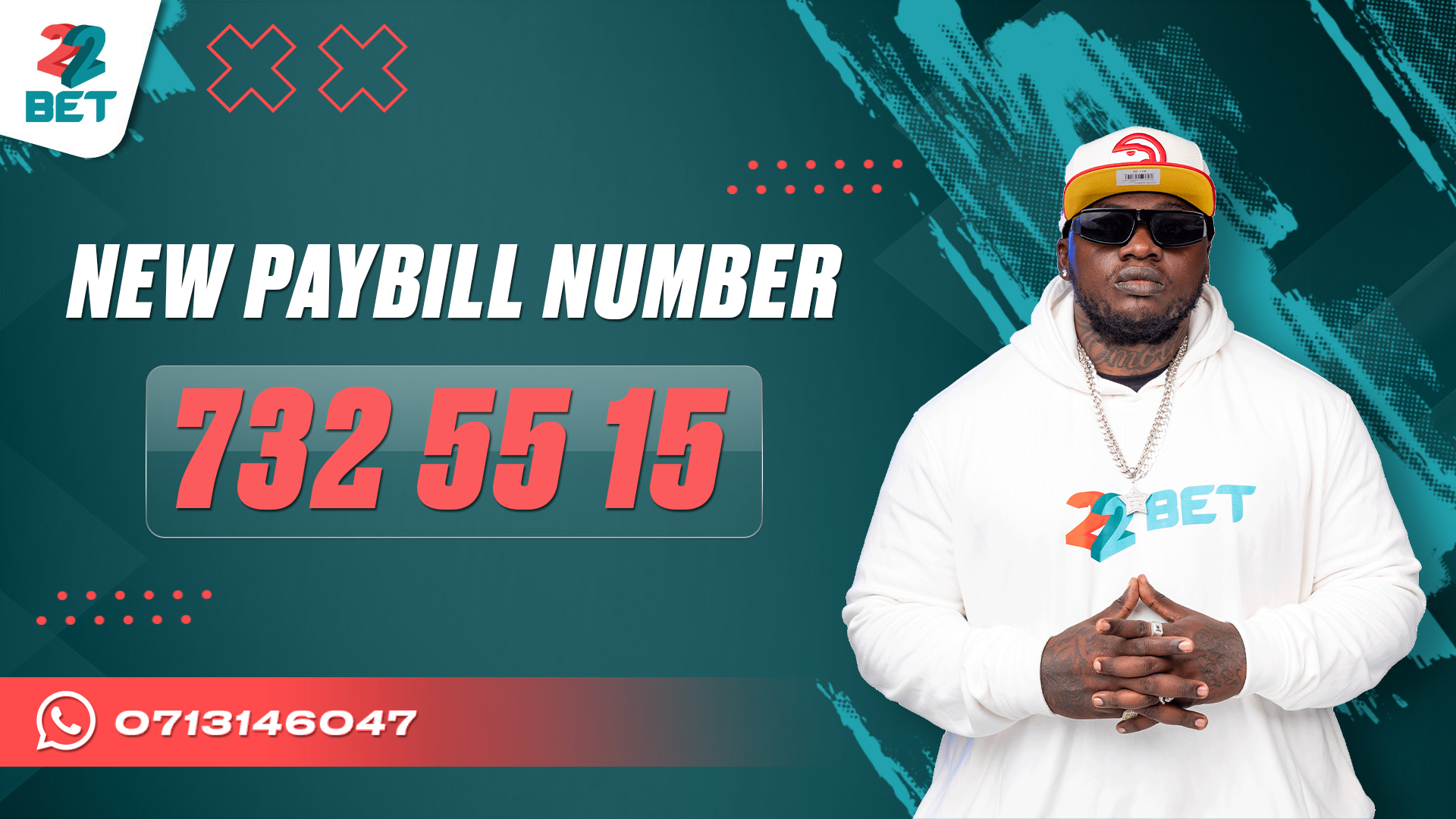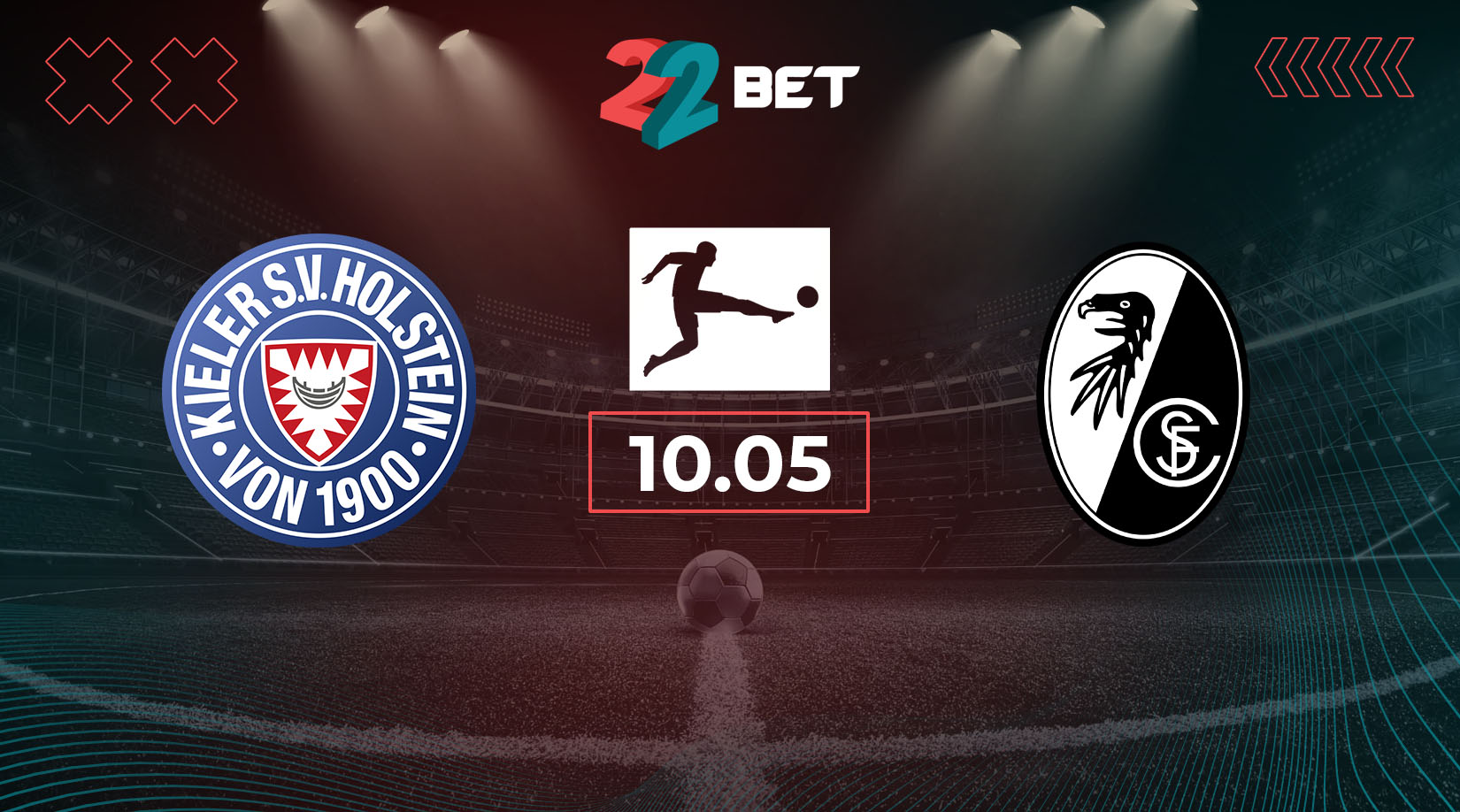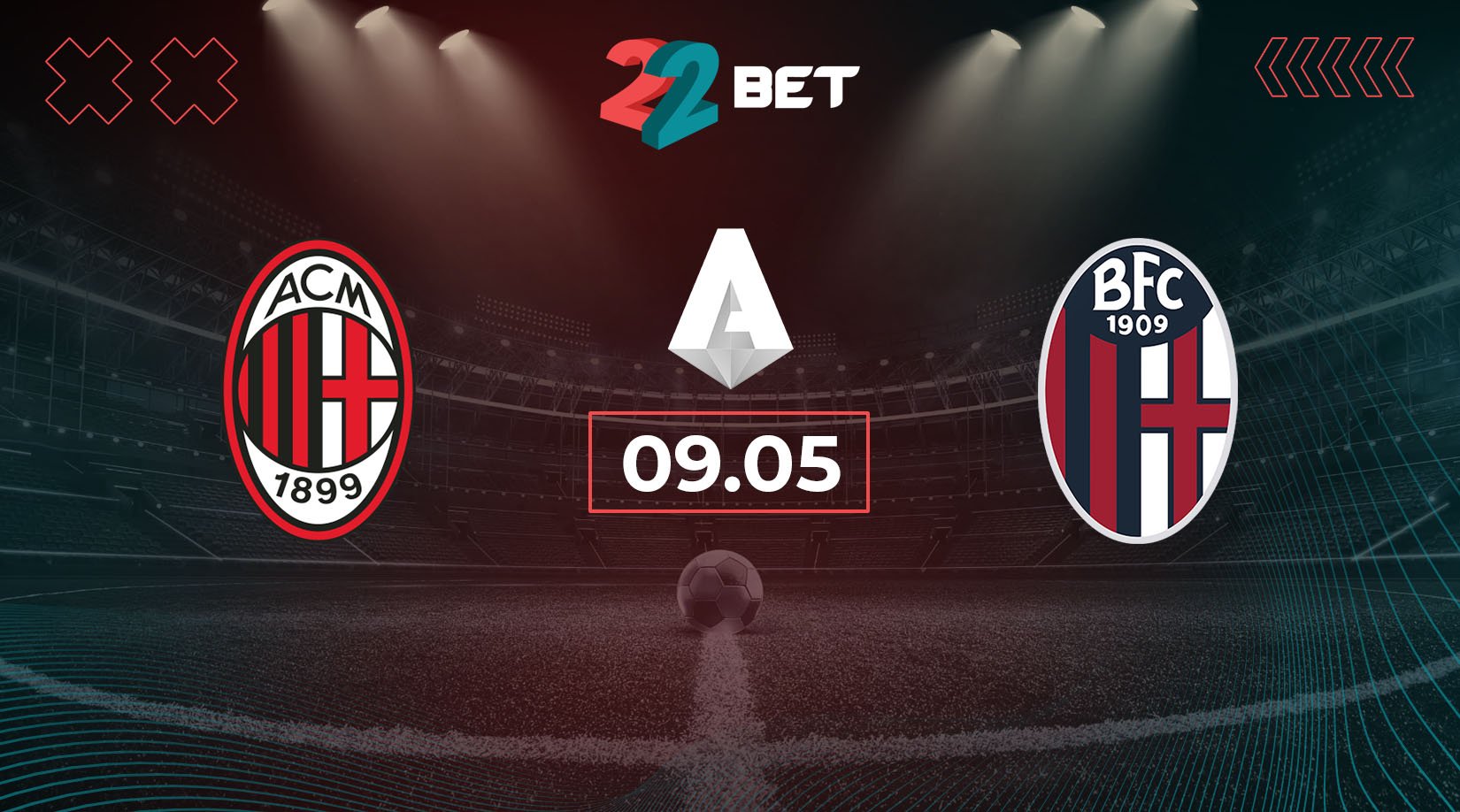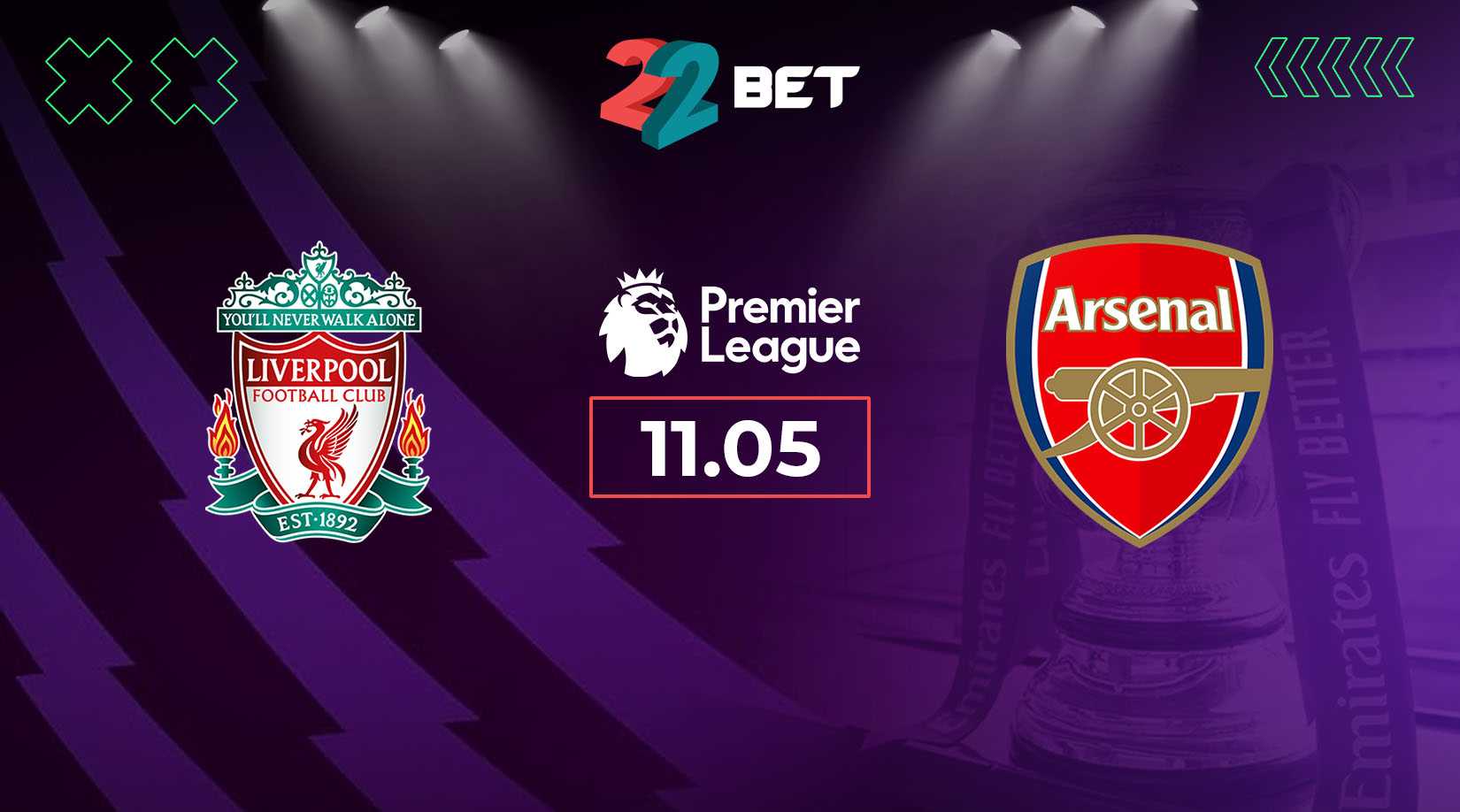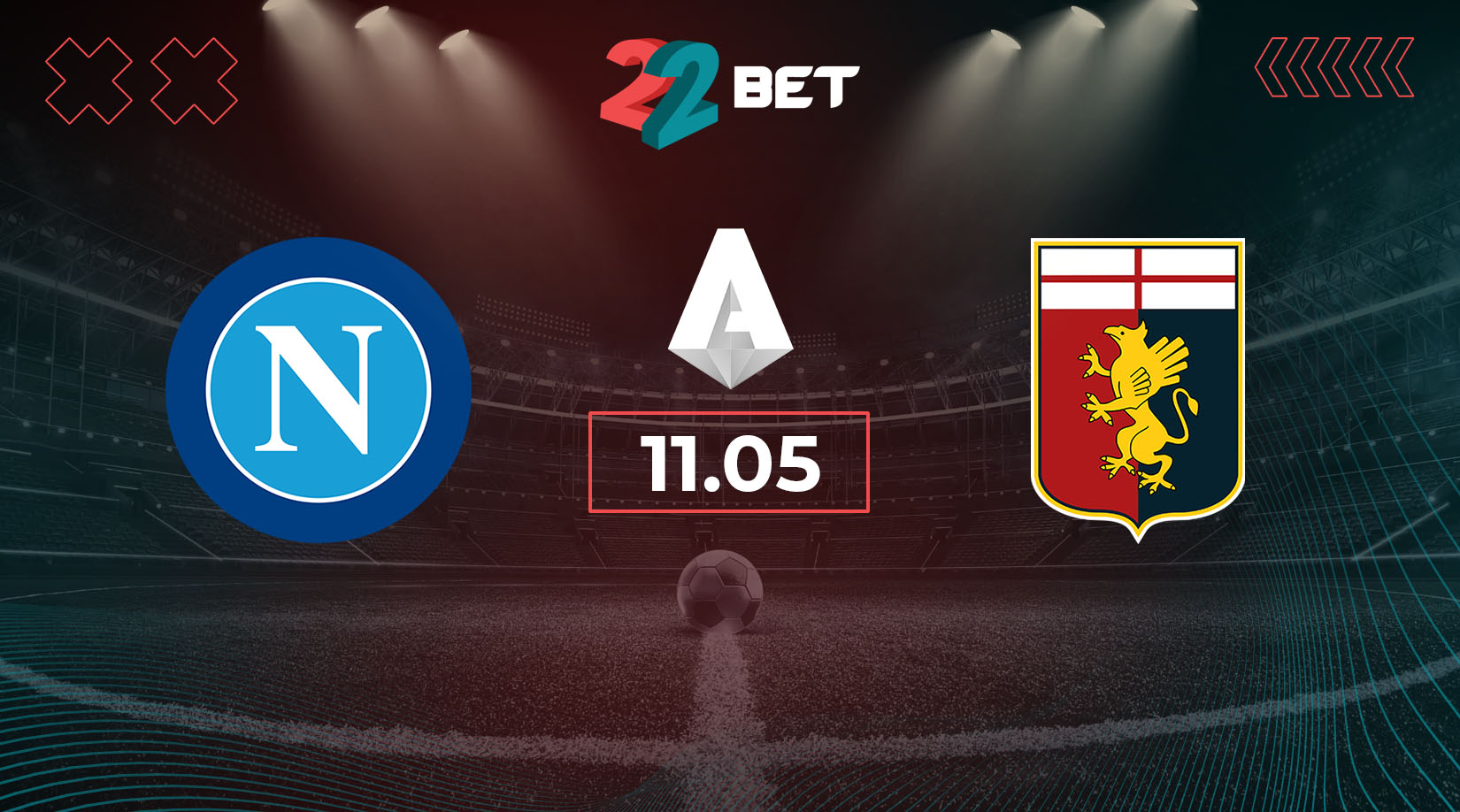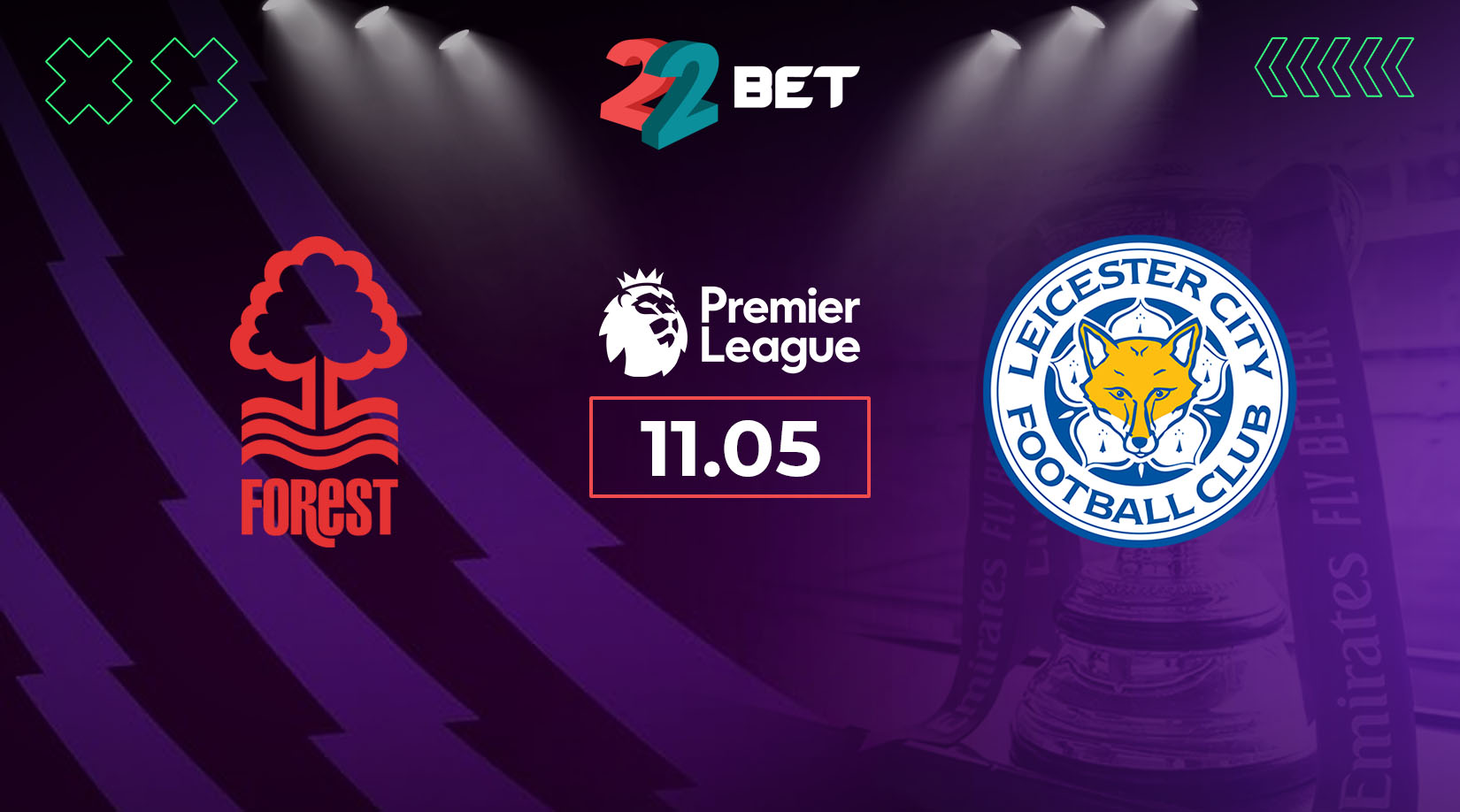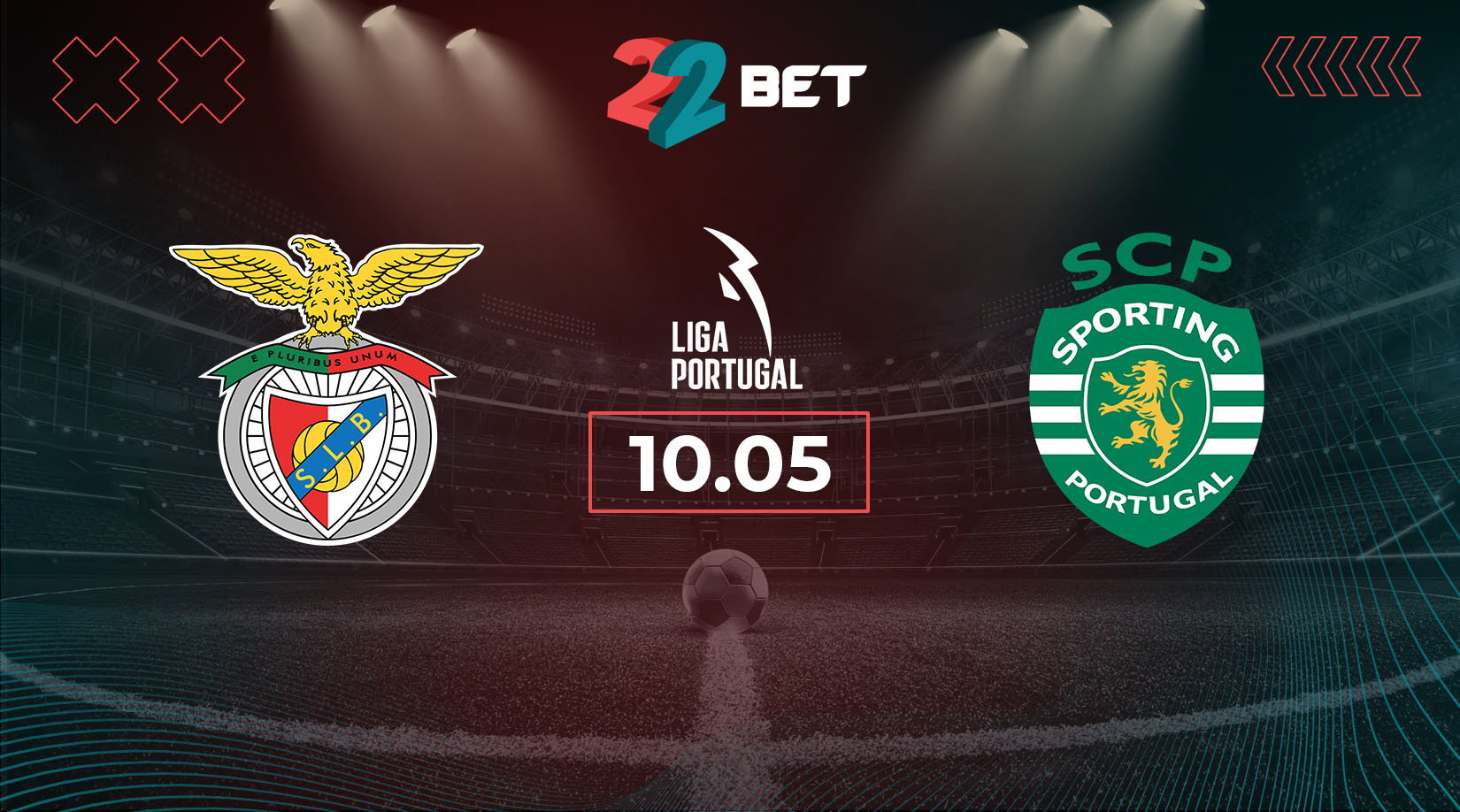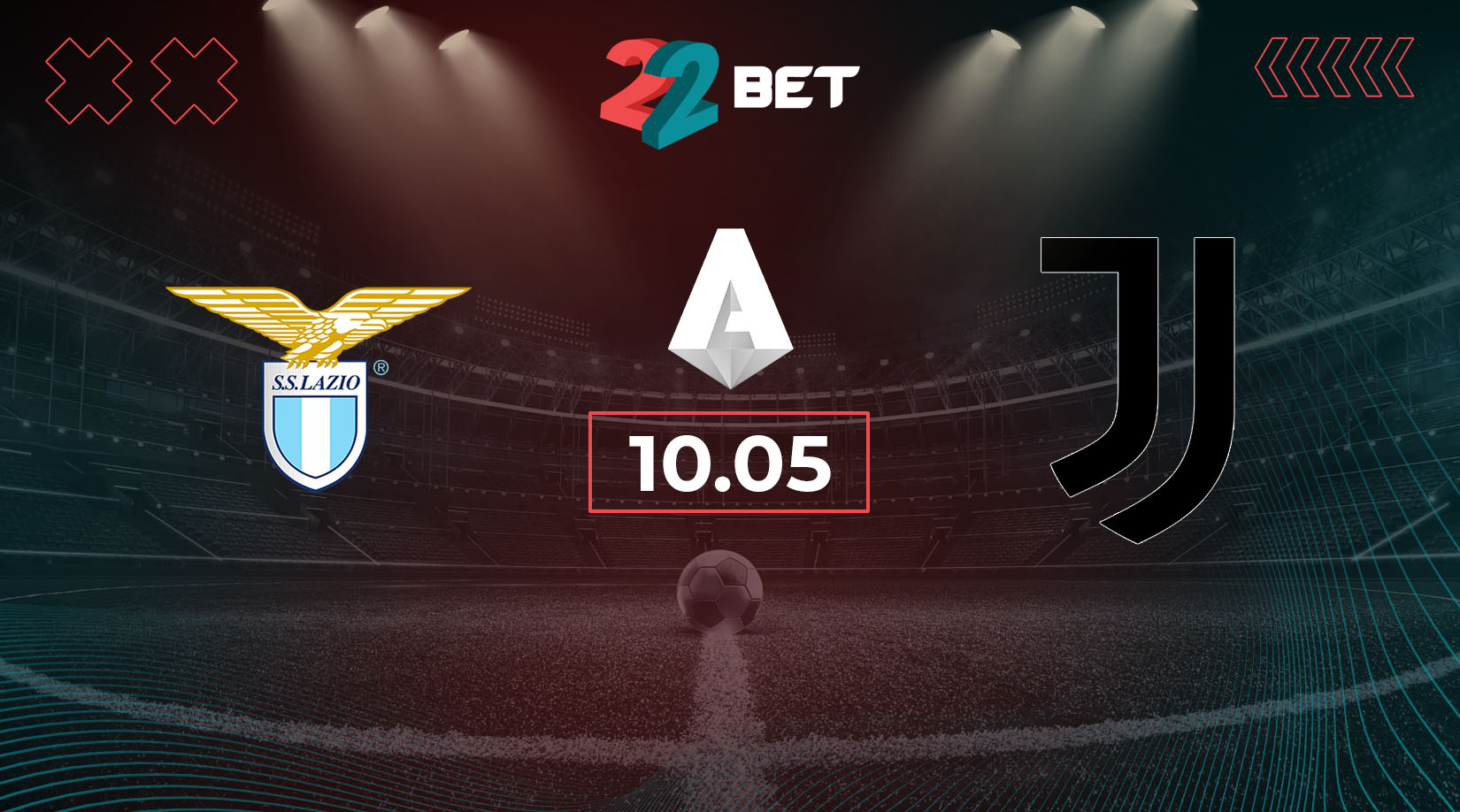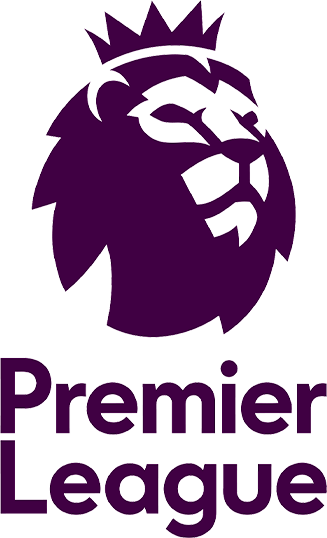Sports betting has taken off astronomically in the online gambling universe. After all, it’s one of those games where you can use the skill of making predictions to turn it into a profit. For those who’re looking to hop onto the bandwagon of the game, we bring to you a comprehensive guide on sports betting odds explained. We’ll take a quick run-through of how sports betting odds work, how to interpret odds, and how probability functions. So without further ado, let’s dive straight in!
Probability in Sports Betting
Probability in sports betting is an extremely simple function of the odds and the total number of chances that a particular selection has of winning. To interpret the probability of an outcome, you’ll need to use the following formula:
Probability = Number of selections / The odds for the selections
If we take an example to understand how to calculate probability in sports betting, then the probability calculation would become clearer. For instance, the odds of a selection you have chosen in a sportsbook is four. Using the above-mentioned formula, you can calculate the probability.
Probability = 1 (number of selections) / 4 (odd given for the selection) = 0.25
Multiplying the result by 100 gets you 25. In other words, the probability of your selection winning the game is 25%. In cases where the odds are not decimal and instead fractional, like 3/1, or American, like 400+, the formula undergoes mild changes. For fractional odds, sports betting probability is calculated by using the formula listed below:
Probability = Denominator/(Denominator + Numerator)
A quick example of the same can be a fractional odd of 3/1. The probability in this case would be:
Probability = 1 / 3+1 = ¼ = 0.25 or 25%
Now that we understand the probability calculation in sports betting, let’s move on to the differences between odds and probability.
What is the Difference Between Odds and Probability?
A quick comparison of odds and probability can reveal the differences between both.
Odds
Odds are defined as a ratio that can have any positive integer value that one can think of. Odds in sports betting represent the number of favorable outcomes against the number of unfavorable numbers in an event. They are commonly expressed in decimal terms like 3.0, fractional format 3/1, or American line format +200.
For the case of odds, the sample space used is important. Sample space, in other words, refers to the number of selections for the odds taken into account. Different odds use different sample spaces. For instance, a single odds would be 3/1. Alternatively, a double selection odds could be 7/2. It also should give you a great understanding of how to read sports betting odds.
The advantages of odds are useful for:
- Understanding odds in sports betting helps in making quick decisions.
- Easing the process of betting.
- Help sing in a standardized format of interpretation across various sportsbook and bookmaker rosters.
Probability
Probabilities are the likelihood of an event occurring. The value of a probability can never be lower than 0, or greater than one. If you interpret probability in percentage terms, the fixed maximum value of a probability can be 100%, and likewise, the minimum is 0%.
Probabilities are also dependent on the sample space. For instance, a single event may have a probability of 60%. However, when it’s clubbed with another event, the probability may increase or drop according to the individual probability of the second event.
The benefits of probability are as follows:
- Help in predicting outcomes.
- Mostly used in statistics to quantify uncertainties.
- Assistance in designing experiments and supporting inductive reasoning.
The Core Differences – Sports Betting Odds to Probability
The core differences between odds and portability lie in their:
- Unit of Measurement – While odds are typically in ratio, the probability is a statistical value.
- Range of Values – Odds can take any positive value, whereas probabilities are limited to a range between 0 and one.
- Readability – Probabilities are naturally more useful for mathematical estimations, but odds are better for sports betting and gambling due to their simple nature, that’s easier for reading.
What is Implied Probability?
Sports betting implied probability is determined by estimating the likelihood of a particular outcome, based on the odds you get. During a game session that’s in play, a bookmaker may set out lines of odds for you to review. Using the method of implied portability, you can calculate the stats or value of the likelihood of the odds being true. It provides you with a better understanding of the direct risk involved in the bet.
How to Calculate Implied Probability on a Bet?
To calculate the implied probability of a prospective payout on your bet, you’ve t follow the following tips:
- For Decimal odds: Implied Probability = 1/Decimal Odds.
- For Fractional Odds: Implied Probability = Denominator / (Denominator + Numerator).
- For American Odds: Implied Probability has two formulas:
- Positive Odds: 100 / (Odds +100).
- Negative Odds: 100 / (Odds – 100).
Thus, now you know how to interpret the probability from the odds in sports betting, using these simple formulas.
Furthermore, understanding it allows you to identify value bets where the probability of winning is higher than the odds suggest. This skill gives you a competitive edge over other bettors, and increases your chances for long-term success. If you want to get even better at betting, we advise you to read our articles about live betting and our selection of the best sports betting strategies.
Conclusion
In summary, possessing an inherent understanding of sports betting odds is always advantageous. However, we also emphasize the importance of comprehending the implied probability associated with these odds. This knowledge offers transparency, regarding the likelihood of success for your wagers. By having a clear view of the implied probability, you can make informed decisions, and assess potential outcomes of your bets. Integrating this knowledge into your betting strategy would enhance your chances of achieving favorable results and maximizing profitability.
FAQ
What is the difference between odds and probability in sports betting?
The difference between odds and probability in sports betting lies in their representation. Odds represent the potential payout ratio, while probability represents the likelihood of an event occurring.
How are odds calculated in sports betting?
Odds are typically calculated based on various factors such as team performance, historical data, and expert analysis. Bookmakers use these calculations to determine the potential payouts for different outcomes.
Why is understanding odds and probability important in sports betting?
Understanding odds and probability is crucial in sports betting as it helps you make informed decisions and assess the potential risks and rewards. By analyzing odds and probability, you can determine if a bet offers value and make more strategic choices to improve your chances of winning.







